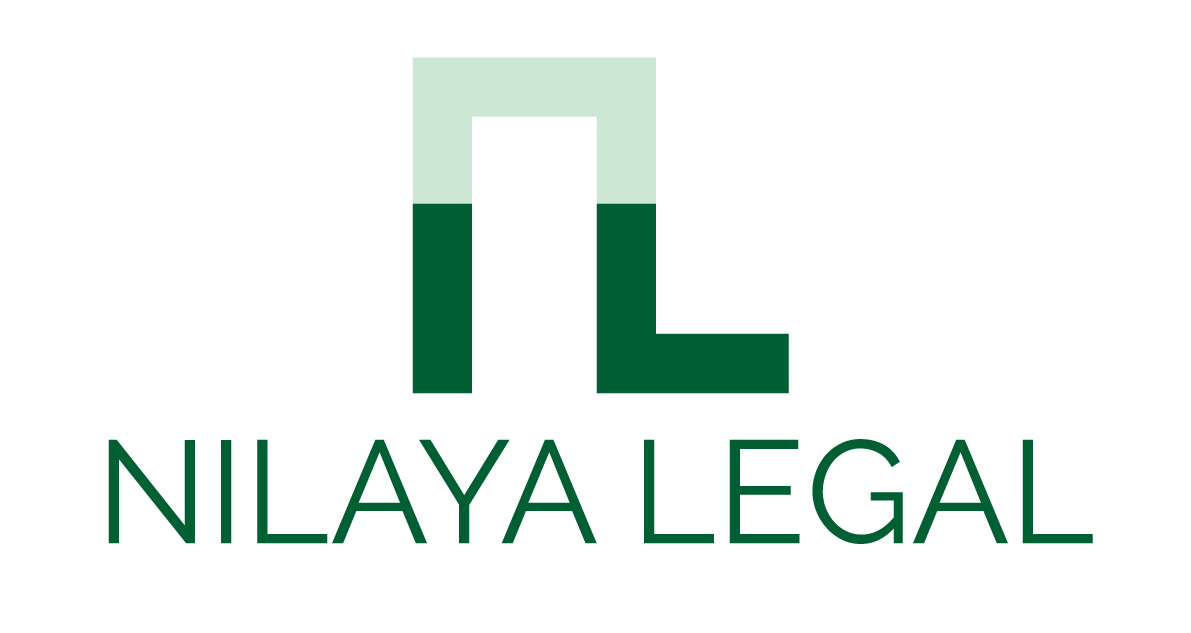If you are a startup founder, you would have experienced or you are most likely to experience the nerve-jittering moments of having received a term sheet for the very first fund-raise. As enthralling as those moments can be, it is also a reminder of the fact that you have worked very hard to get here. So enjoy this moment, but please do not have a doubt that this is just the very very beginning of the steep joyride that you are hopefully going to get on from hereon.
Term sheets can come in all shapes and sizes. It could be a brief 2 pager of sorts, capturing all the essential elements of shareholding rights and obligations at a macro level, while pushing out the negotiation on the detailed nuances of these rights and obligations to the stage of entering into definitive documents such as share subscription agreement, shareholders’ agreement, share purchase agreement, et. al. It could also be elaborate, covering all the basic elements of these rights and obligations, so that once the term sheet is signed, negotiations thereafter become smoother and faster.
Whichever of the two it may be, there are certain critical aspects that founders need to be conscious of while negotiation term sheets, with or without involvement of counsels:
Valuation and Percentage Dilution. Although these parameters are often discussed and closed between founders and investors at a much earlier stage and even before moving to the term sheet stage, founders need to be conscious of the percentage that they have to dilute for getting the investors on the capital table, on a fully diluted basis[1]. This becomes especially tricky if the security or the instrument that will be issued to the investors are convertible in nature, with a conversion ratio that may give more ownership to the investors on a fully diluted basis. Typically, this happens if the valuation of the startup idea and execution thereof has not been previously established and hence, investors would want downside protection through more stake in the company, in the event the financial or other projections are not met with over a period of time.
Founders’ Lock-in and Vesting Related Provisions. It is fairly common for investors to lock-in the shareholding of the founders till the time they remain invested in the company. What is important for founders, though, is to ask for liquidity provisions which would allow them to sell certain percentages of their shareholding, without investors’ consent or going through the rigorous processes of right of first offer or right of first refusal, for exigency or immediate liquidity purposes.
Vesting, on the other hand, is primarily a mechanism to ensure that founders continue to remain employed in the company so that the boat remains afloat. In the absence of founders’ agreement, these provisions also come in handy if one of the founders decide to quit while the other(s) continue. In case vesting provisions are specified in a term sheet, founders need to ensure that the basic broad parameters of how vested and unvested shares will be treated for termination/resignation with or without cause are atleast discussed at a macro level at the term sheet stage itself.
Nature of the Instrument. Cumulative and participating are the 2 constructs, with respect to the instrument or security being issued such as compulsorily convertible preference shares, that founders need to look out for and push back on while negotiating term sheets. A cumulative instrument would mean that dividends on such instrument would get accumulated on a year on year basis (simply put, this would mean more pay out to investors). Participating, on the other hand, means a double dip construct with respect to distribution of liquidation proceeds in the event of a sale or merger or acquisition of the company. That is, the investors will be able to ‘participate’ in the remaining proceeds from a liquidation event even after the agreed preferential distribution to them, i.e. a dip in essentially the founders’ kitty. Agreeing to such constructs at early stages also make it extremely difficult to change the narrative at later stages which means all eventual investors in the company will also be entitled to similar rights.
Control Rights. The question is of how much control here. Needless to say, the amount of control is also a function of the investment amount and stake. It is natural for early-stage investors to seek more control given that they take more risks at this stage. However, founders need to be conscious of limiting the list of reserved matters or affirmative vote matters to purely matters which impact economic value of the investors’ investment, such as entity level merger or acquisition, investments in other companies. Any encroachment on operational matters such as hiring or firing of employees need to be curtailed. Also, from an operational perspective, if the investors are a conglomerate or a group of investors, founders need to make sure that all exercise of rights by the investors, including decision-making, happens through a single point of contact.
Exit. At a term sheet level negotiating and agreeing on the exit horizon and that exit efforts will only be undertaken on best efforts basis are of paramount importance. Although, typically, we see exit horizons of 5-7 years, with start-up IPOs becoming a reality in India last year, now is the time for founders to negotiate for the right exit horizon which will be commensurate with the time and effort it may take for the product to actualize its full potential. Also, this sets the tone for the exit horizons in all subsequent rounds. While in most cases the exit clock gets reset with every next round of fund raise, we have also seen situations of multiple exit clocks for different investors that not only become operationally challenging to execute for founders but leads to many other complexities.
Once a term sheet is signed, a number of activities follow which may sometimes be overwhelming for founders. Therefore, its important to get the important aspects covered in the term sheet so that amidst all the frenzy that follows, founders do not have to worry about these critical aspects. A good night’s sleep would still be a long time away (atleast until the money hits the account) but be rest assured that the journey from term sheet signing to closure will be a lot smoother if the term sheet is done right.
Endnote:
[1] Calculation of percentage of shareholding on a fully diluted basis includes all options, warrants, rights, instruments or other outstanding obligations, which are convertible into ordinary or equity shares of a company. So this pool can include compulsorily convertible debentures, stock options, advisory options, convertible notes, et. al.

